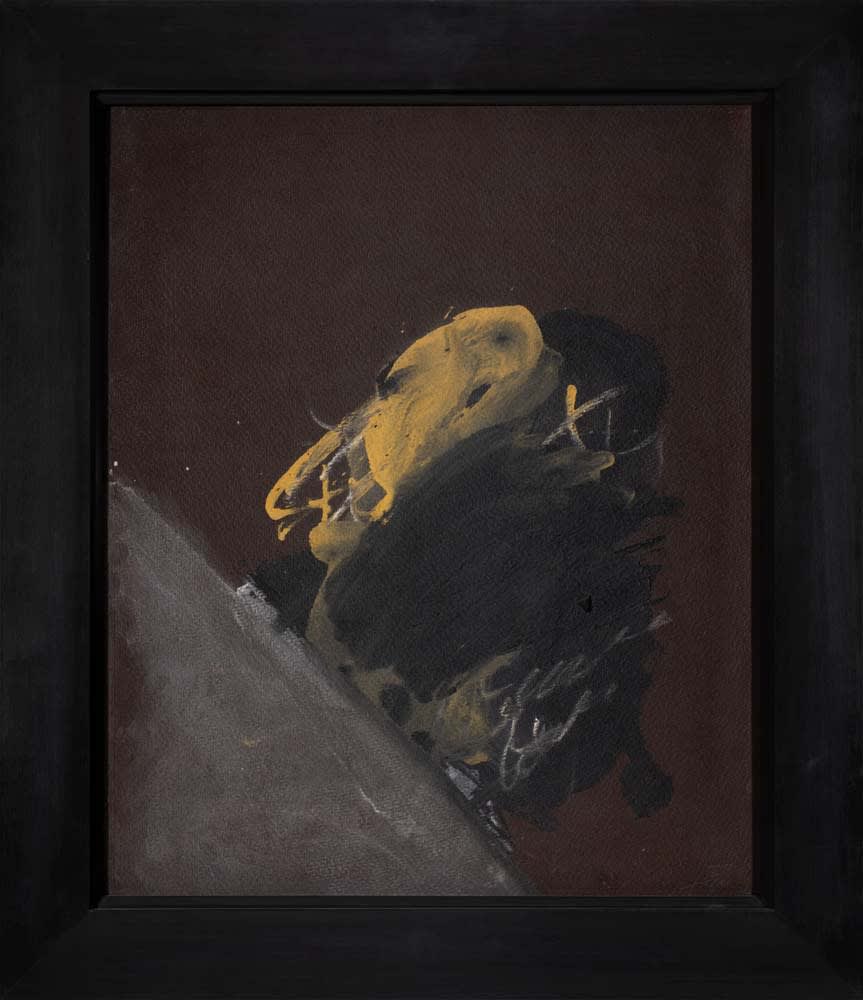
The Life and Work of Antoni Tàpies
Born in Barcelona in 1923, Tàpies grew up during a tumultuous period in Spanish history, living through the Spanish Civil War and the oppressive regime of Francisco Franco. These experiences would have a profound influence on his work, infusing it with themes of oppression, spirituality, and the transcendent power of art.
Tàpies was largely self-taught, initially drawing inspiration from artists such as Paul Klee and Joan Miró. However, he soon developed a distinctive style characterised by the use of unconventional materials, including marble dust and sand, and the incorporation of everyday objects. His work, often large-scale and featuring scratched, eroded surfaces, has been described as 'matter painting,' blurring the lines between painting and sculpture.
The Underappreciation of Tàpies
Despite Tàpies' significant contributions to the art world, he remains somewhat overshadowed by his contemporaries. He was working in a period dominated by artists like Pablo Picasso, Salvador Dalí, and Joan Miró, whose vibrant and easily identifiable styles have garnered much of the attention in art historical narratives.
Another factor contributing to Tàpies' underappreciation is the abstract and non-representational nature of his work. While abstraction was not uncommon during the 20th century, Tàpies' approach was more than just non-representational forms. His work often included symbolism and referenced Catalan culture and his personal experiences. Understanding and appreciating Tàpies' art requires an understanding of the historical and cultural context in which he was working, something that is often overlooked in the modern art market, where easily recognisable and more decorative art tends to be favoured.
The Case for Tàpies
Despite this underappreciation, there are compelling reasons to collect Tàpies' work.. His art is deeply philosophical, with layers of meaning to unravel. His innovative techniques and use of materials challenged traditional art boundaries, contributing to the evolution of art practices in the 20th century.
Furthermore, Tàpies' artwork, with its focus on materiality and the physicality of creation, aligns with current trends in contemporary art, where artists are exploring similar themes. This contemporary relevance, coupled with his historical significance, makes Tàpies' work particularly worthy of consideration for collectors and curators alike.
Finally, the undervaluation of Tàpies' work provides an excellent opportunity for art collectors. As the art world continues to expand its focus and recognise previously overlooked artists and movements, it is reasonable to expect that Tàpies' work could gain in value and acclaim.
Antoni Tàpies was an innovative and influential figure in the world of modern art. His unique approach to material and form created a bridge between painting and sculpture and challenged traditional notions of what art could be. Despite his significant contributions, Tàpies remains an underappreciated figure in art history. However, as the art world continues to evolve and broaden its horizons, there is ample room for a reappraisal of Tàpies' work. With his innovative approach, rich symbolism, and contemporary relevance, Tàpies offers an untapped wealth of artistic exploration that is ripe for rediscovery.
To discuss original paintings by Antoni Tapies please contact Andipa on +44 (0)20 7581 1244 or sales@andipa.com for available works.